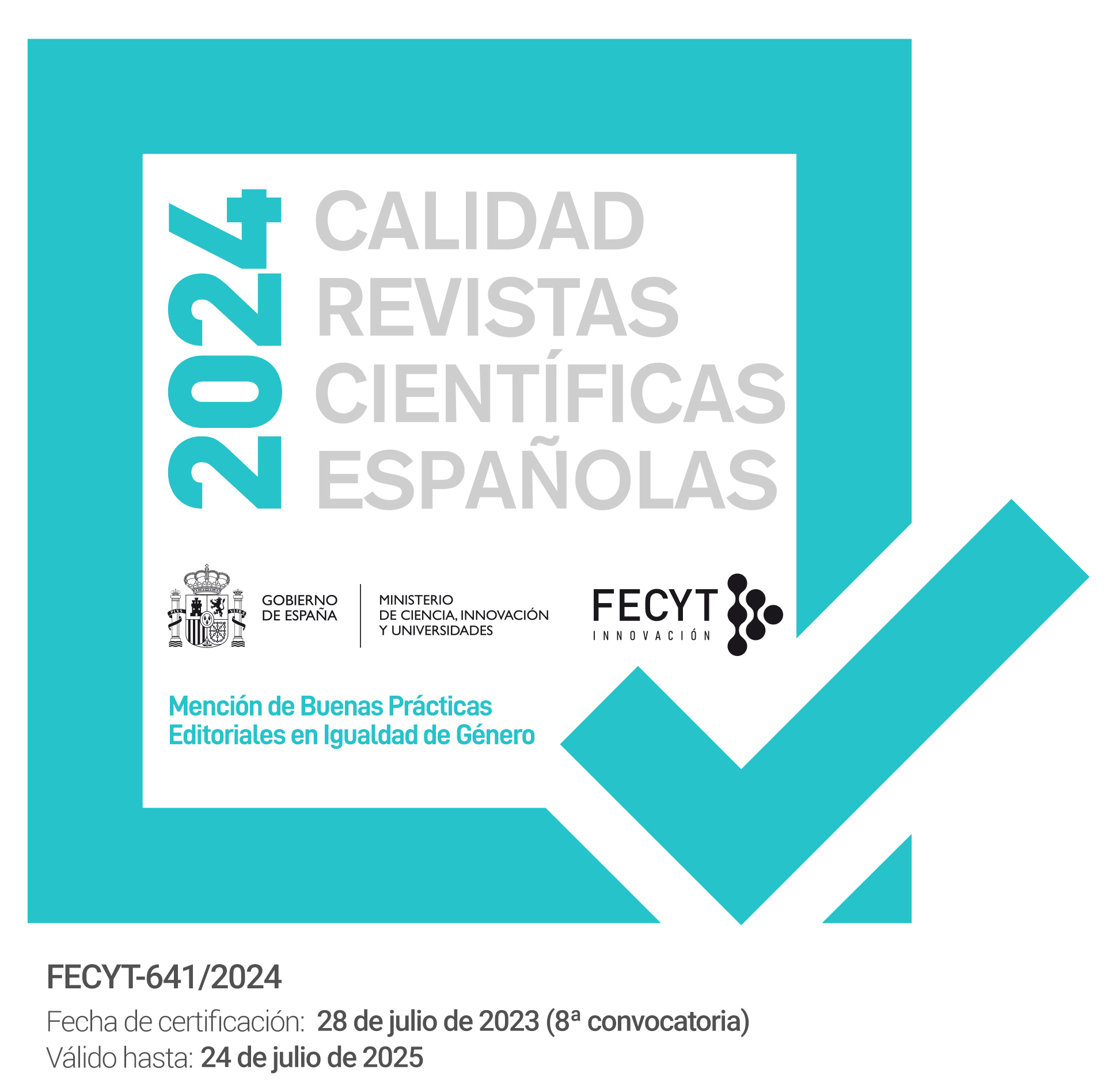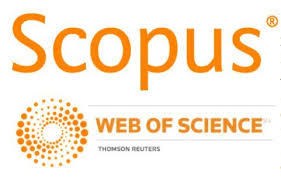El encabalgamiento en los sonetos de "Ancia", poemario de Blas de Otero
DOI:
https://doi.org/10.12795/PH.2013.v27.i01.06Keywords:
enjambment, Blas de Otero, sonnet, rhyme, rhythmAbstract
This essay offers an exhaustive analysis of the enjambment in the sonnets of Ancia (1958), Blas de Otero ́s collection. Therefore, an extremely specific stylistic phenomenon is analyzed in a poetic form from a long tradition, in order to focus on the concrete and original use that the author make of it and tackle general issues regarding enjambment, its definitions and its uses.Downloads
References
Alarcos Llorach, E., Blas de Otero, Oviedo, Nobel, 1997.
Almela Pérez, R., “Formas del encabalgamiento en Pedro Salinas”, Revista de literatura, 85 (1981) 155-165.
Alonso, D., Poesía española: ensayo de métodos y límites estilístico. Madrid, Gredos, 1950.
Alonso Gutiérrez, L. M., “La poesía de Blas de Otero: Ancia, poemario de la angustia”, Revista de literatura, 118 (1997) 533-578.
Baehr, R., Manual de Versificación Española. Madrid, Gredos, 1989.
De la Cruz, S., “Los sonetos de Blas de Otero”, en B. de Otero, Todos mis sonetos, Madrid, Turner, 1977, pp. XXI-XXIII.
—, “Introducción”, en B. de Otero, Expresión y reunión, Madrid, Alianza, 1981, pp. 9-48.
—, “Análisis del discurso poético en un soneto de Ángel fieramente humano”, en B. de Otero, Verso y prosa, Madrid, Cátedra, 1996, pp. 121-134.
Frau, J., “Blas de Otero: métrica y poética”, Rhythmica, 1 (2003) 87-124.
García Carcedo, P., El ritmo en la poesía de Blas de Otero, Madrid, Universidad Complutense, 1995.
García-Page Sánchez, M., “En torno al encabalgamiento. Pausa virtual y duplicidad de lecturas”, Revista de literatura, 106 (1991) 595-618.
García Parra, M. L., El ritmo en Cántico de Jorge Guillén, Valladolid, Universidad de Valladolid, 1993.
Gómez Torrego, L., “Comentario de un soneto de Blas de Otero”, en J. L. García Barrientos y E. Torre (coords.), Comentarios de textos literarios hispánico: homenaje a Miguel Ángel Garrido Gallardo, Madrid, Síntesis, 1997, pp. 235-245.
González, A., “La intertextualidad en la obra de Blas de Otero”, en J. A. Ascunce (ed.), Al amor de Blas de Otero: actas de las II jornadas internacionales de literatura, Bilbao, Universidad de Deusto, 1986, pp. 63-75.
Jauralde Pou, P., “Introducción”, en B. de Otero, en B. de Otero, Antología Poética, Madrid, Castalia, 2007, pp. 7-55.
Lanz, J. J., Alas de cadenas, estudios sobre Blas de Otero, Sevilla, Renacimiento, 2008.
Martínez, J. E., La voz entrecortada de los versos. Nuevos estudios sobre el encabalgamiento,
Barcelona, Davinci, 2010
Montejo, L., Teoría poética a través de la obra de Blas de Otero, Madrid, Universidad Complutense, 1988.
Otero, B. de, Ángel fieramente humano [AFH], Madrid, Ínsula, 1950.
—, Redoble de conciencia [RC], Barcelona, Instituto de Estudios Hispánicos, 1951.
—, Ancia; Ángel fieramente humano; Redoble de conciencia (2ª edición con 48 poemas inéditos), Barcelona, Alberto Puig (ed.), 1958.
—, Todos mis sonetos, Madrid, Turner, 1977.
Pardo, A., “Variantes de la rima. La rima ampliada. La rima compleja. La rima en síntesis. La rima encabalgada”, Rhythmica, 8 (2010) 143-169.
Quilis, A., Estructura del encabalgamiento en la métrica española, Madrid, Patronato M. Menéndez Pelayo, 1964.
—, Métrica española, Barcelona, Ariel, 1985.
Spallone, G., “Para un inventario rítmico de los sonetos de Blas de Otero”, en J. A. Ascunce (ed.), Al amor de Blas de Otero: actas de las II jornadas internacionales de literatura. Bilbao, Universidad de Deusto, 1986, pp. 205-215.
[RAE] Real Academia Española, Nueva gramática de la lengua española, Madrid, Espasa, 2009.
Senabre, R., Estudios sobre Fray Luis de León, Salamanca, Universidad de Salamanca, 1998.
Spang, K., Análisis métrico, Pamplona, Eunsa, 1993.
Downloads
Published
How to Cite
Issue
Section
License
The printed and electronic editions of this Journal are edited by the University of Seville Editorial, and the source must be cited in any partial or total reproduction.
Unless otherwise indicated, all the contents of the electronic edition are distributed under a license of use and distribution “Attribution-NonCommercial-NoDerivatives 4.0 International” . You can view the informative version and the legal text of the license here. This fact must be expressly stated in this way when necessary.
Authors who publish in this journal accept the following conditions:
- The author/s retain copyright and grant the journal the first publication right, and accept it to be distributed with the Creative Commons By NC ND 4.0 licence, which allows third parties to use what is published whenever they mention the authorship of the work and the first publication in this journal and whenever they do not make commercial use and reuse it in the same way.
- Authors can make other independent and additional contractual agreements for the non-exclusive distribution of the article published in this journal (e.g., include it in an institutional repository or publish it in a book) provided they clearly indicate that the work was published for the first time in this journal.
Authors are allowed and recommended, once the article has been published in the journal Philologia Hispalensis (online version), to download the corresponding PDF and disseminate it online (ResearchGate, Academia.edu, etc.) as it may lead to productive scientific exchanges and to a greater and faster dissemination of published work (see The Effect of Open Access).
- Abstract 281
- PDF (Español (España)) 237







